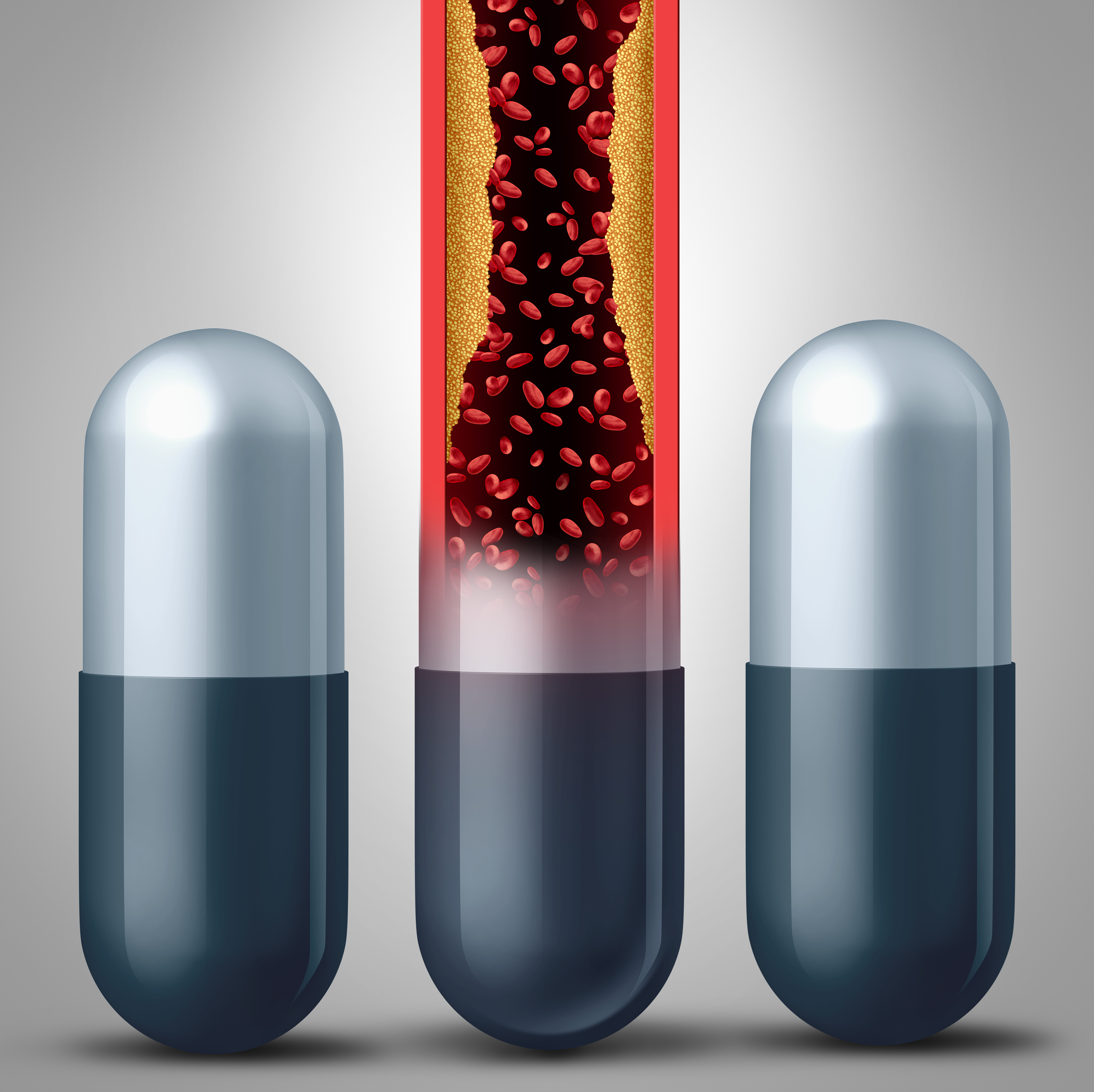A meta-analysis led by Dr. Wen Yi-Huang published in JAMA Neurlogy showed that in patients without symptomatic cardiovascular disease, aspirin use was associated with an increased risk of intracranial hemorrhage. The study suggests that the risks of aspirin use may outweigh its benefit in patients without cardiovascular disease.
The role of aspirin in preventing recurrent ischemic events in patients with cardiovascular disease is well established. However, the value of aspirin in primary prevention of cardiovascular disease remains controversial. The risk of cardiovascular disease is typically lower than those with established cardiovascular disease. In this otherwise healthier population, the risks of aspirin, including the increased risk of bleeding, may outweigh its potential benefit. The occurrence of an intracranial hemorrhage in particular is a cause for concern as it is strongly associated with a high mortality and poor morbidity. Due to the inconsistent evidence, the investigators conducted a systematic review and meta-analysis to pool the information together.
[perfectpullquote align=”full” bordertop=”false” cite=”” link=”” color=”” class=”” size=””]“The current meta-analysis, comprising 13 randomized clinical trialswithmore than 130 000 individuals, revealed that lowdose aspirin use in individuals without symptomatic cardiovascular disease increased the risk of intracranial hemorrhage, when compared with control. In terms of specific types of intracranial hemorrhage, intracerebral hemorrhage, subdural or extradural hemorrhage, and subarachnoid hemorrhage all showed increased risk point estimates, with a suggestion of the greatest risk increase for subdural and extradural hemorrhage and the lowest risk increase for subarachnoid hemorrhage” – Dr. Wen Yi-Huang, M.D.[/perfectpullquote]
The investigators identified all randomized controlled trials that compared aspirin (less than 100mg per day) with either placebo or no aspirin. Only trials in which patients were treated for more than 6 months and in which patients had no pre-existing cardiovascular disease was included. Additionally, trials were included if patients were using other antithrombotic medication. A total of 13 trials that enrolled a total of 134,446 patients were enrolled. Aspirin use was associated with an increased risk of any intracranial hemorrhage (0.63% vs 0.46%, RR 1.37, 95% CI 1.13-1.66). Low dose aspirin use was associated with 2 additionally intracranial bleeds for every 1,000 patients on aspirin. When looking at intracerebral hemorrhage alone, low-dose aspirin had a higher, but non-significant, rate of intracerebral hemorrhage (0.30% vs 0.24%, RR 1.23, 95% CI 0.98-1.54). Additionally, low dose aspirin was associated with an increased risk of subdural or extradural hemorrhage (0.31% vs 0.20%, RR 1.53, 95% CI 1.08-2.18). Also, subarachnoid hemorrhage rates were similar between the two groups (0.14% vs 0.12%, RR 1.13, 95% CI 0.70-1.83). When looking at possible subgroups, the investigators found that patients who were Asian had a higher risk of an intracerebral bleed when on aspirin (RR 1.84, 95% CI 1.04-3.27 for Asian patients vs RR 1.14, 95% CI 0.89-1.46 for non-Asian patients). Finally, patients with a BMI <25 also had higher rates of bleeding on aspirin (RR 1.08, 95% CI 0.79-1.46 for BMI > 25 vs RR 1.84, 95% CI 1.04-3.27 for BMI <25).
The current analysis demonstrated that aspirin use in an otherwise healthy population with no symptomatic cardiovascular disease is associated with an increased risk of intracerebral bleeding. Additionally, this risk seems to be higher in patients who were Asian as well as those with a BMI less than 25. While the absolute effect was not very high, it is still clinically relevant. When discussing the implications of the study, Dr. Yi-Huang wrote, “Because the benefits of low-dose aspirin for primary prevention of cardiovascular events are not well established, and the outcomes of intracranial hemorrhage are often catastrophic, these findings suggest caution regarding using low-dose aspirin in individuals without symptomatic cardiovascular disease.”





